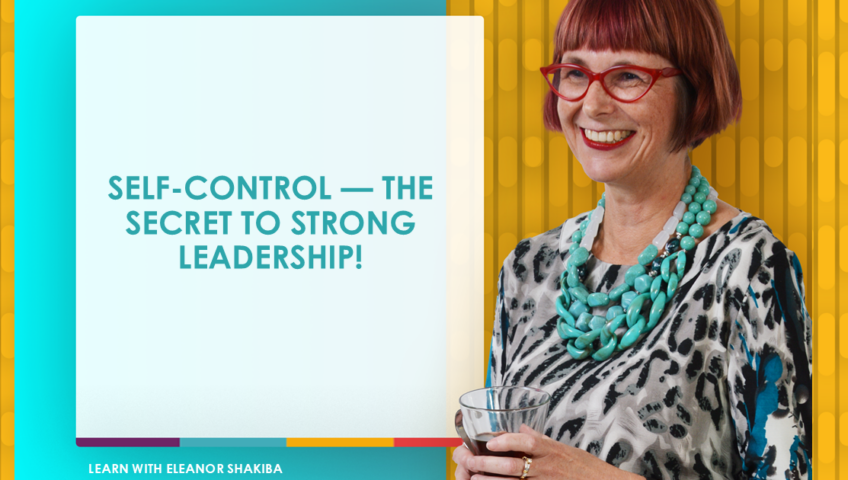Imagine this: at your workplace, there’s a colleague who’s really into fitness and decides to skip that mouthwatering dessert. Suddenly, everyone starts seeing them in a new light—as a powerful leader! This scenario comes from a series of experiments that looked at how we perceive power. It turns out, showing self-control can help you land a leadership role. It’s not just about making quick decisions or taking impulsive actions; it’s about aligning your actions with your goals.
The research is pretty thorough, involving seven unique experiments with around 3,500 participants. The findings are clear: people who act in ways that support their personal goals are seen as more powerful and are considered better suited for leadership than those with low self-control. So, if you can resist temptation and stay focused, you might just be the ideal candidate for power at work.
Do you set goals for yourself? That’s great, but make sure they’re realistic! The research shows that people were viewed as less powerful if they didn’t meet their ambitious goals, even if they performed just as well as others. In fact, it’s better to set moderate goals and exceed them than to aim high and fall short. This really highlights how important sensible goal setting is for being seen as a strong leader.
Free e-book and video tips.Get your copy today!
|
|
So, what’s the takeaway? It might be time to rethink what power and leadership really mean. It’s not about chasing overly ambitious targets or acting on impulse. It’s about setting realistic goals and showing the self-control to stick with them. Your self-control could be your secret weapon to power!
Embrace that self-control! Show some restraint when it’s needed and keep your actions in line with your goals. It’s a simple yet effective way to be seen as strong and powerful. Remember, “power is a state of mind.” So, gear up, take charge and watch as you carve your path to power!
More of the article here.
This article summary was created by Eleanor Shakiba
Eleanor is a leadership trainer, success coach and people skills expert. She helps managers and business owners build thriving teams and organisations, using tools from Positive Psychology. She's trained more than 60,000 people during her career as a corporate trainer and professional development consultant. Her mission is inspiring talented people to become leaders who make a difference.




